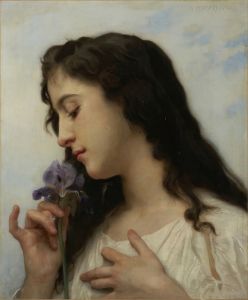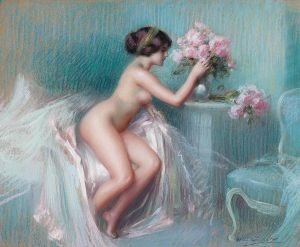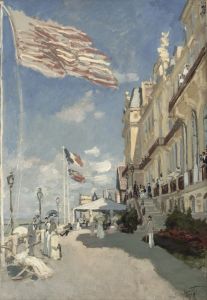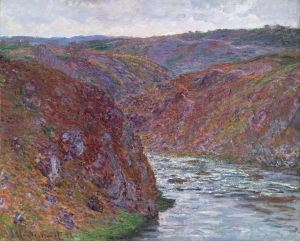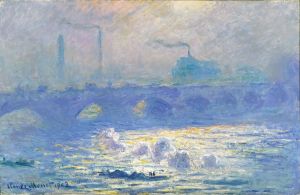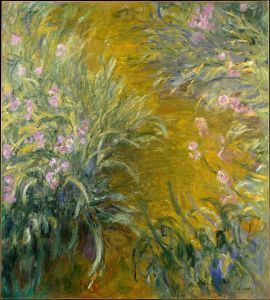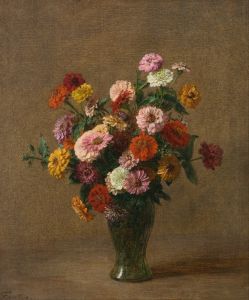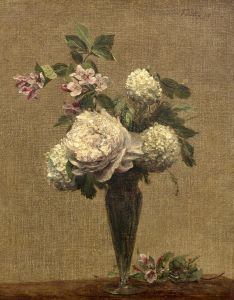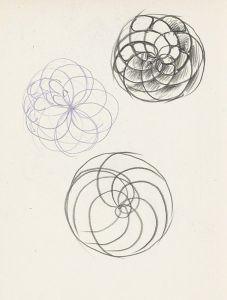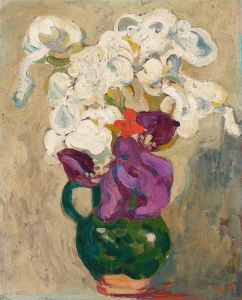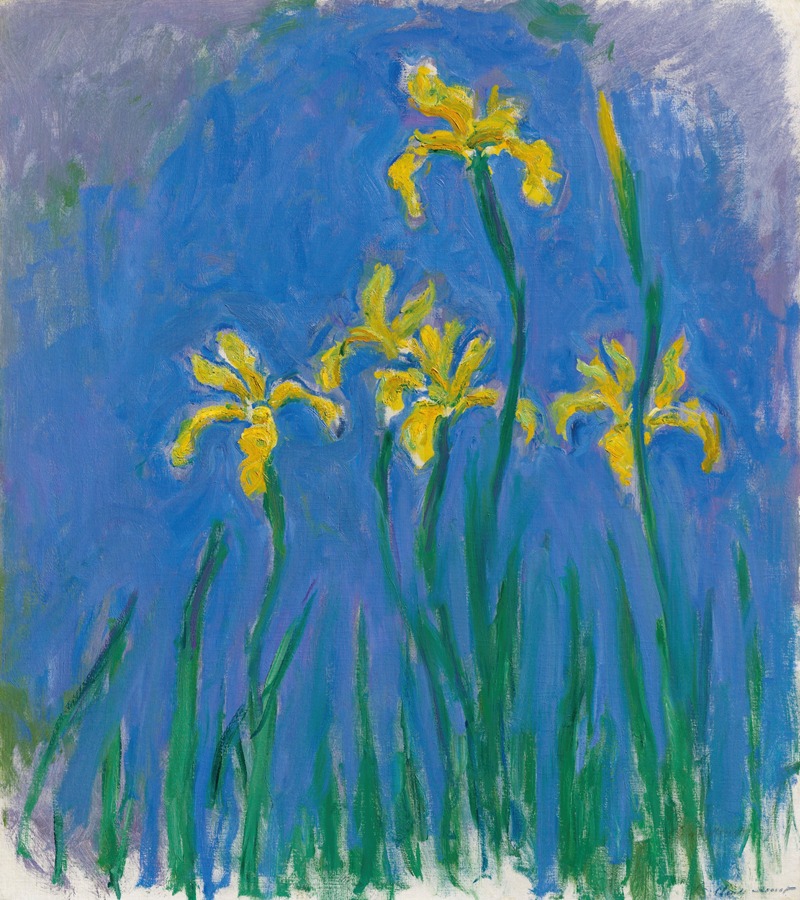
Iris
A hand-painted replica of Claude Monet’s masterpiece Iris, meticulously crafted by professional artists to capture the true essence of the original. Each piece is created with museum-quality canvas and rare mineral pigments, carefully painted by experienced artists with delicate brushstrokes and rich, layered colors to perfectly recreate the texture of the original artwork. Unlike machine-printed reproductions, this hand-painted version brings the painting to life, infused with the artist’s emotions and skill in every stroke. Whether for personal collection or home decoration, it instantly elevates the artistic atmosphere of any space.
Claude Monet, a pivotal figure in the Impressionist movement, is renowned for his ability to capture the transient effects of light and color in his paintings. One of his lesser-known works, "Iris," exemplifies his fascination with the natural world and his innovative approach to capturing its beauty on canvas.
Monet painted "Iris" during a period when he was deeply immersed in exploring his garden at Giverny, a place that provided endless inspiration for his work. The garden, meticulously designed by Monet himself, was a living canvas that allowed him to study the interplay of light and color across different times of the day and seasons. This setting became a recurring theme in his art, leading to the creation of some of his most famous series, such as the Water Lilies.
"Iris" is a testament to Monet's dedication to capturing the essence of his garden. The painting showcases a cluster of irises, rendered with a vibrant palette that highlights the delicate interplay of colors within the flowers. Monet's brushwork in this piece is characterized by loose, expressive strokes that convey the movement and vitality of the plants. This technique, a hallmark of Impressionism, allows the viewer to experience the immediacy and fleeting beauty of the scene.
The composition of "Iris" reflects Monet's keen eye for balance and harmony. The irises are depicted in various stages of bloom, creating a dynamic rhythm that guides the viewer's eye across the canvas. The background, though less detailed, provides a subtle contrast that enhances the vividness of the flowers. Monet's use of light is particularly noteworthy; he captures the way sunlight filters through the petals, creating a luminous effect that adds depth and dimension to the painting.
Monet's choice of irises as a subject is significant. The flower, with its intricate structure and rich colors, offered Monet an opportunity to explore the complexities of natural forms. This focus on a single type of flower also reflects a broader trend in his work during this period, where he concentrated on specific elements of his garden, studying them in detail to understand their unique characteristics.
"Iris" is not just a representation of flowers; it is an exploration of color, light, and form. Monet's ability to convey the ephemeral nature of the scene is a testament to his mastery of the Impressionist style. The painting invites viewers to appreciate the beauty of the natural world and the artist's skill in capturing its essence.
While "Iris" may not be as widely recognized as some of Monet's other works, it remains an important piece within his oeuvre. It exemplifies his lifelong commitment to exploring the nuances of nature and his innovative approach to painting. Today, Monet's "Iris" continues to be celebrated for its artistic merit and its contribution to the Impressionist movement, offering a glimpse into the artist's world and his enduring legacy.





